But what Mr. Tan really wanted was a ‘normal’ neighborhood, that is, a place where locals have lived a good part of their lives and knew who lived next door, where locals stopped for small conversations as they walked their pets in the early evenings, where the shopkeeper at the corner provision shop knew everyone by name.
Mr. Kenneth Tan has moved houses thrice before he found the one where he is currently staying in. He previously bought and sold properties until time came when he felt the need to slow down. He was doing research online when saw something he liked, and asked the agent to show him around the property. “Perhaps because of what I do, people assume I should be looking at certain areas. They imagined me in Katong or Joo Chiat, in a heritage shophouse.”
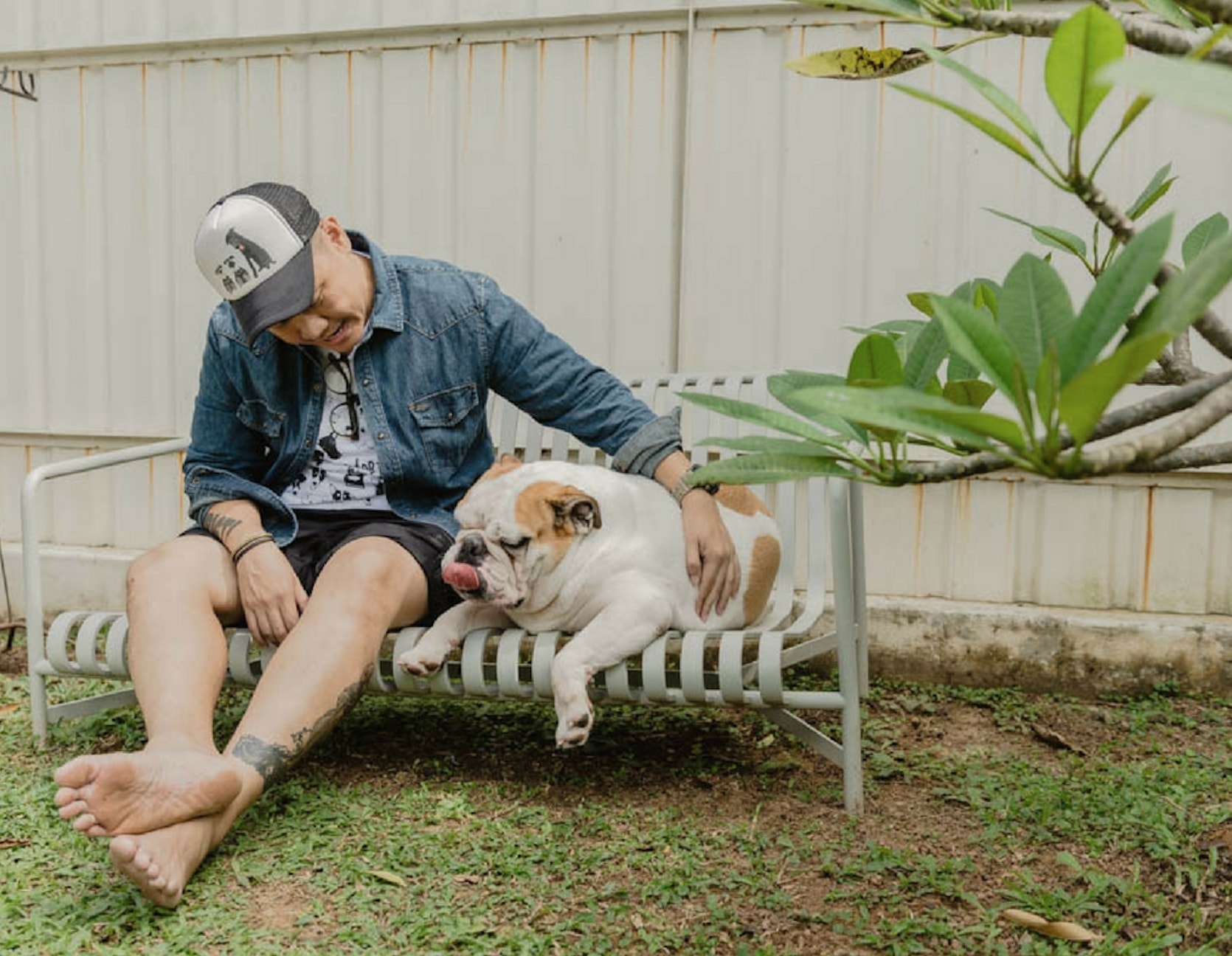
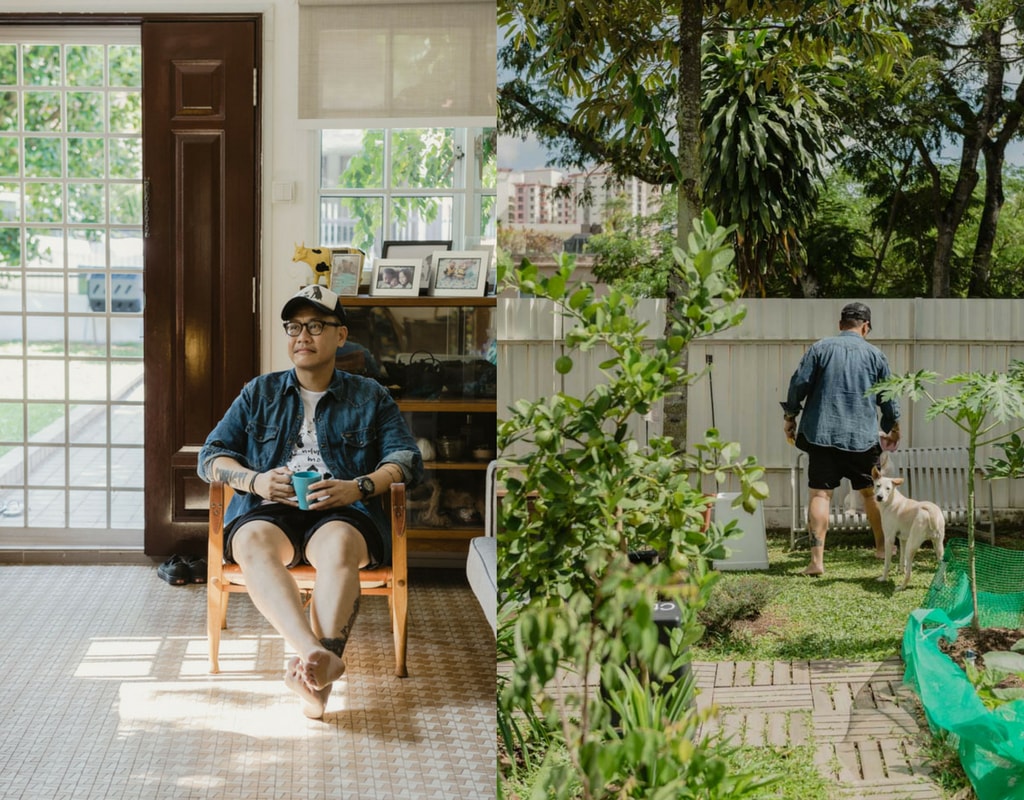
“I knew this was the one when I saw it,” he says, referring to a terraced house in a residential neighborhood where he has recently made a home, “this was where I would feel most comfortable and at ease.
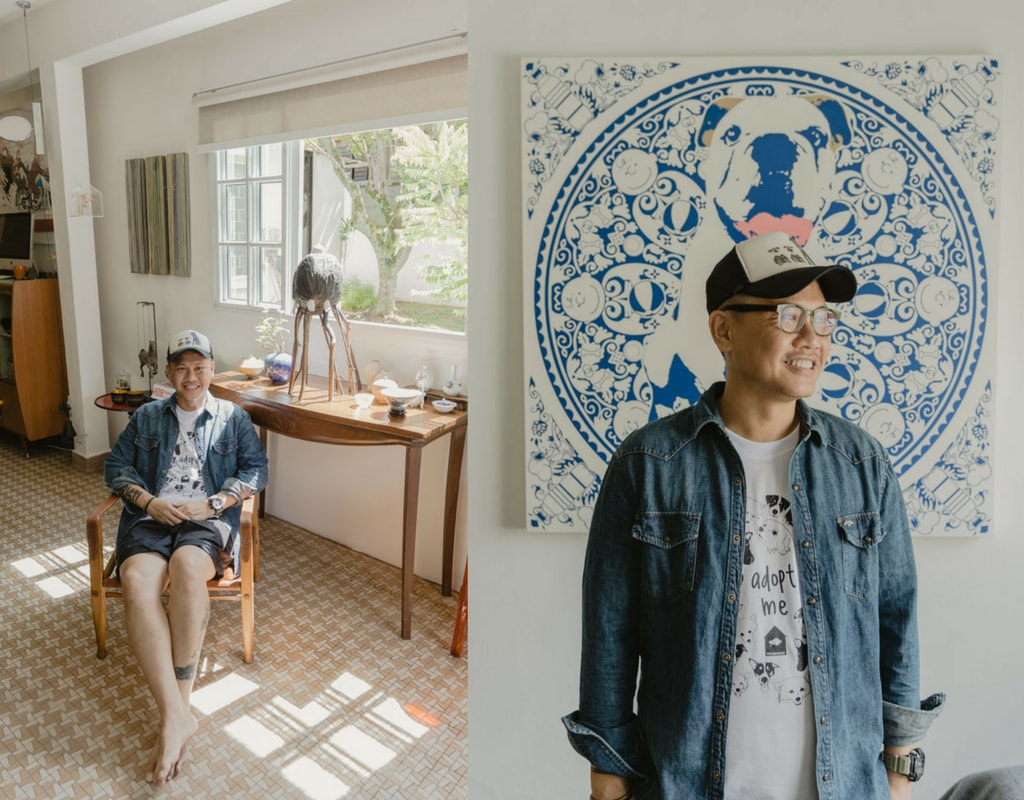
“It’s not a gazetted black-and-white, or a designer high-rise, but totally resonates with me.” Mr. Tan had met the owners and they shared the stories about the house, which only served to make him like it even more. “It’s an old house that holds pleasant memories. In many ways, it is very similar to the one where I was raised.” Mr. Tan admits that the style is not in vogue at the moment, “but that is fine. My nostalgia goes back to the 1970s when terraced houses were starting to look alike. It resonates with me. It’s not a conservation shophouses in Joo Chiat; surely, I can appreciate the architecture from an aesthetic viewpoint, but it will not do much for me.”
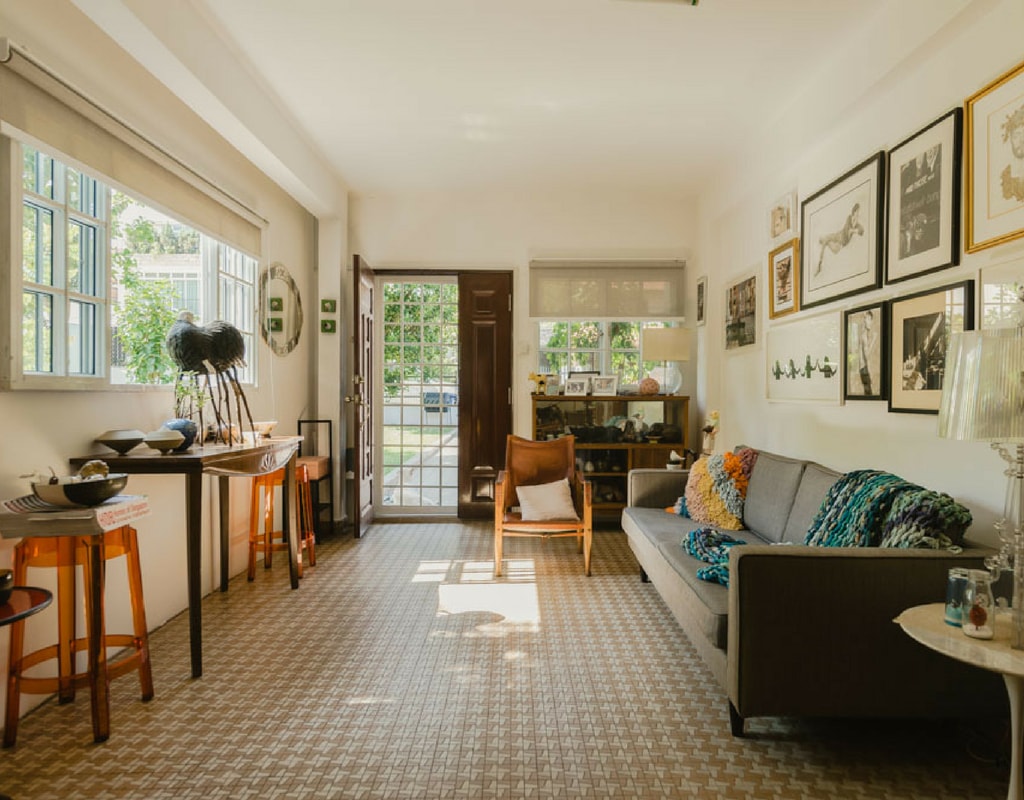
Mr. Tan, the co-founder and co-owner of the art gallery Utterly Art, runs a consulting company that offers internal communications solutions to businesses and institutions. He facilitates training for various departments so that various communication channels are efficient and harmonized. Mr. Tan also works as consultant to corporates that want to build an art portfolio. “I go in and discuss their objectives, and guide them along in their acquisition to make sure that they have a realistic and sustainable plan in place,” he explains.
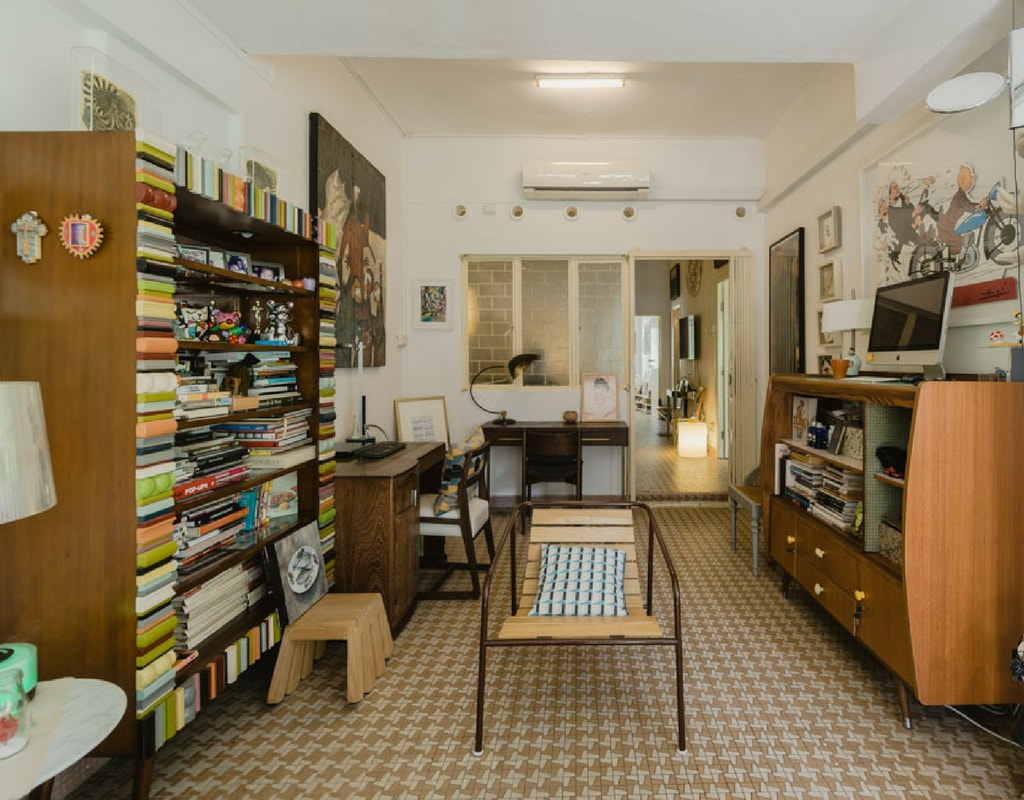
Naturally, Mr. Tan’s home is filled with artworks, at least whatever he could fit on the walls and on top of cabinets and shelf space. They crowd side tables, some perched on chairs, others are on the floor leaning against the wall. Although his method of presenting individual works seems random, even haphazard, a closer inspection reveals the marks of a trained eye. Mr. Tan favors human figures. Above the couch in his living room, an ensemble of framed portraits and nudes surveys the room. Are they mute pieces of conversation? Are they quiet participants?
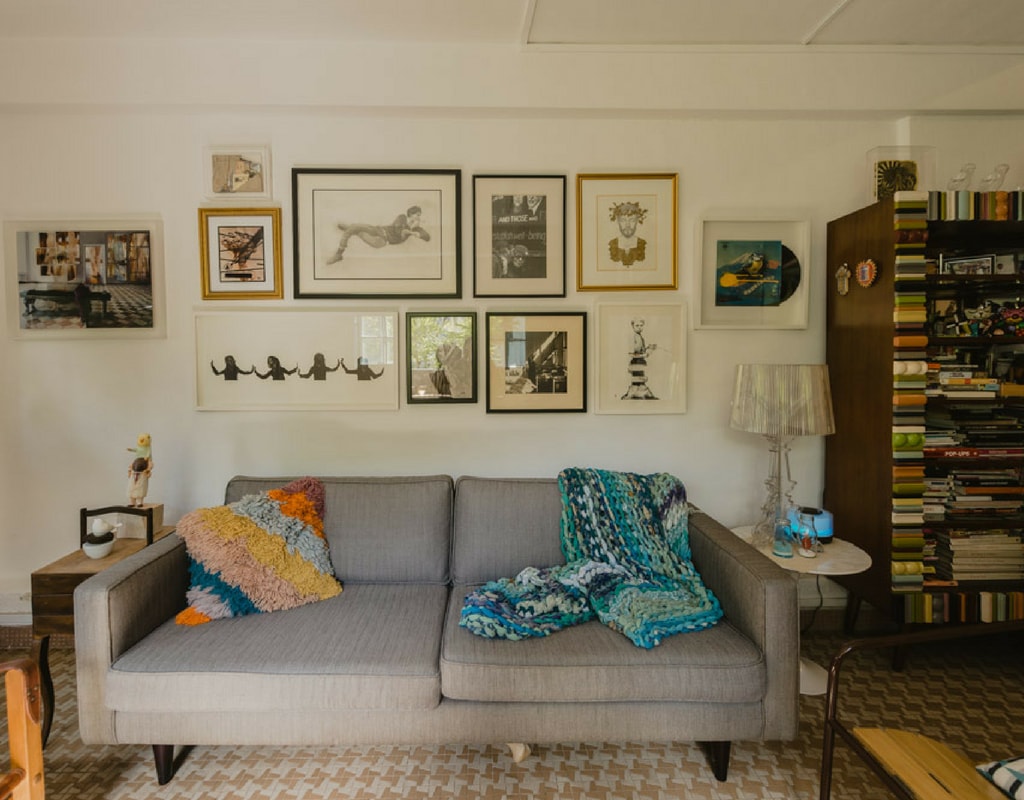
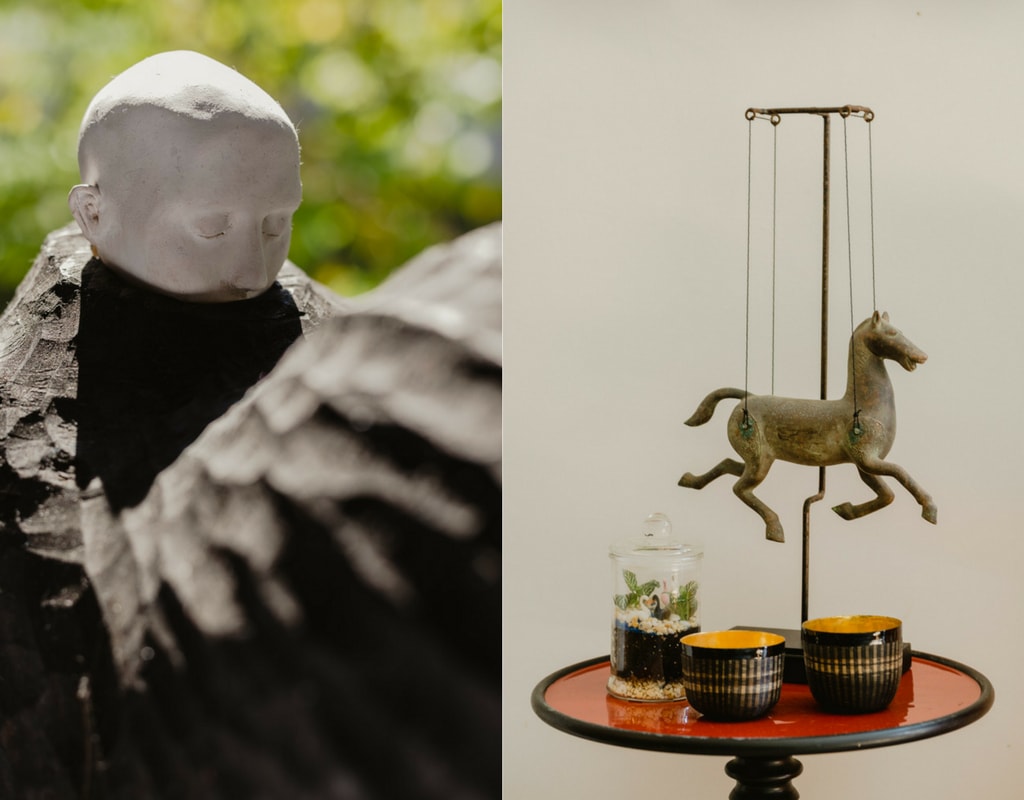
Mr. Tan has relocated his consultancy office at home. There are no formal workstations; his staff can choose to work in the living room or the dining room. They can have meals in the kitchen, and relax in the garden.
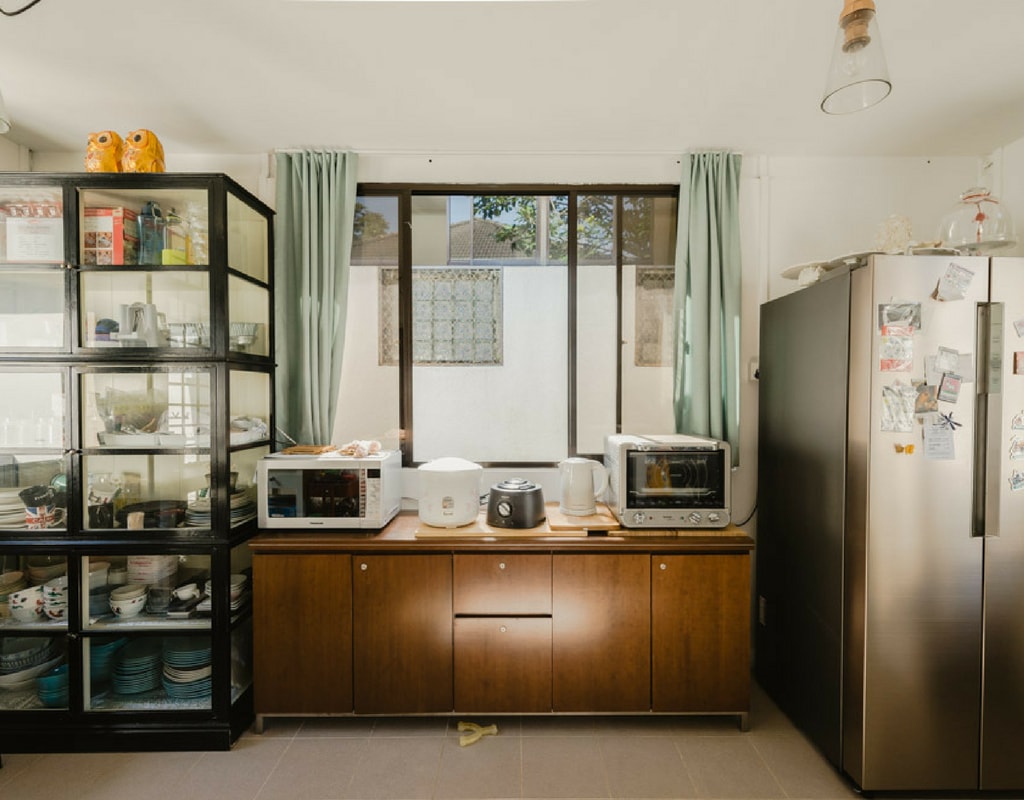
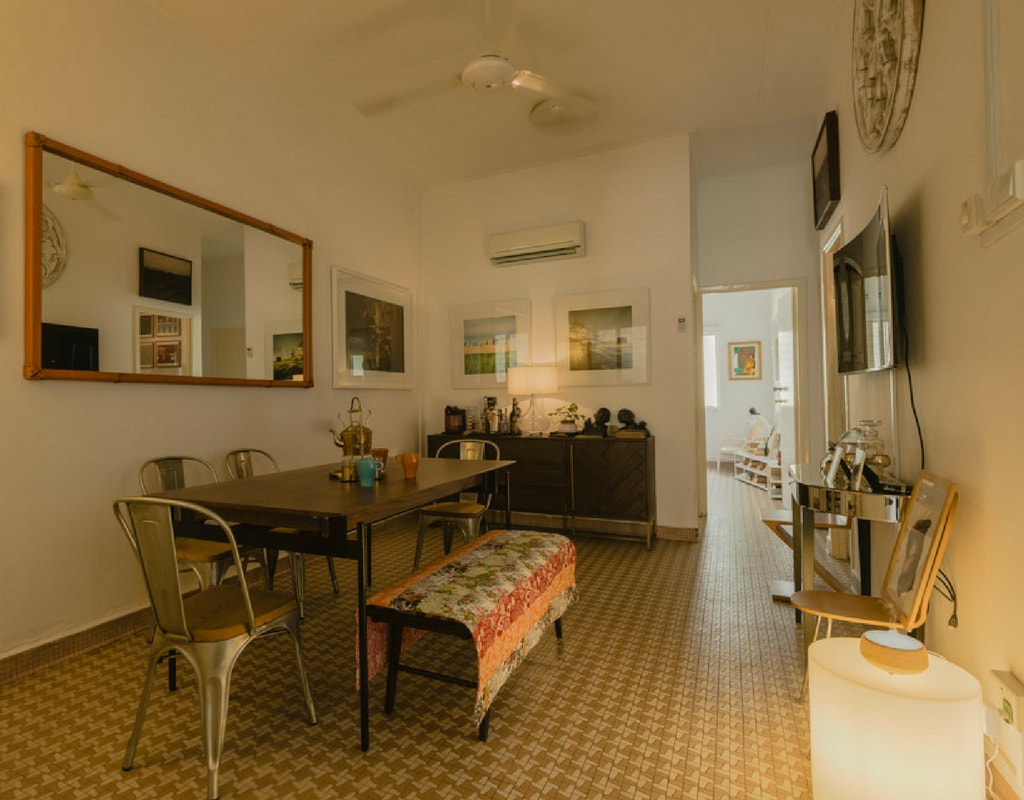
When he is not working, Mr. Tan likes to putter around in the garden where he has grown an assortment of vegetables and herbs and fruit trees. “I grew up in a terraced house on Clover Avenue. We only had a pomegranate tree that bore occasional bland fruits, a casuarina tree that was planted when my brother was born, and a limau purut (kaffir lime).
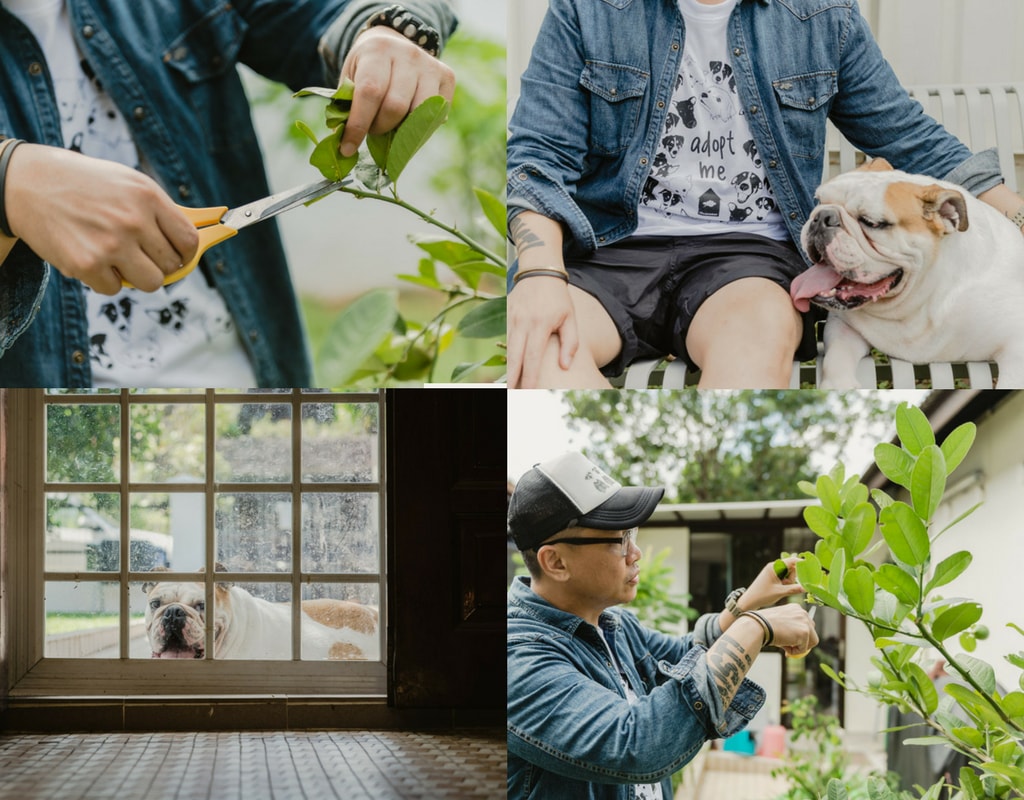
“I was never a kampong boy, but my father would take me and my siblings to Bishan once in a while, which back then had overgrowths crowded with rambutans, mangoes, papayas, chiku, star fruits. It stretched from what is now Bishan Park all the way to the Thompson area. Everyone was free to walk around and pick fruits. It was just that—overgrowths, trees teeming with fruits, and cemeteries.”
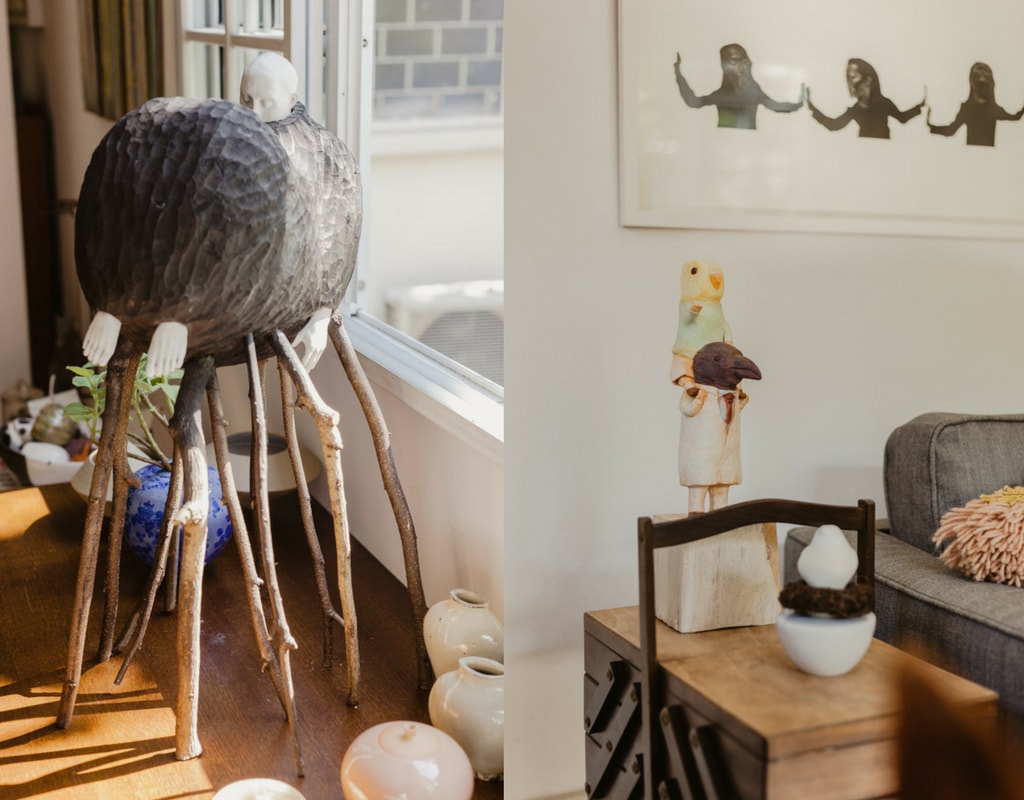
“The house has three bedrooms. I chose the last one to be mine, turned another into a guest bedroom, and converted the third into a walk-in wardrobe.” (Mr. Tan’s extensive shoe collection is packed tight in a full height shoe closet.)
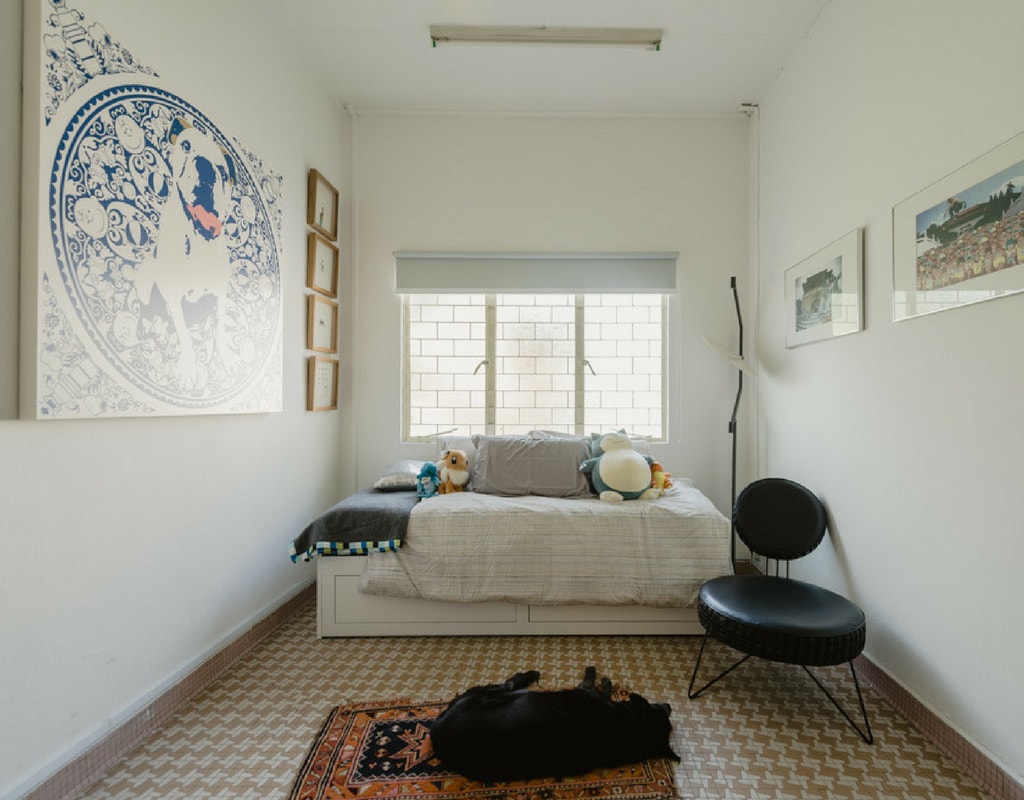
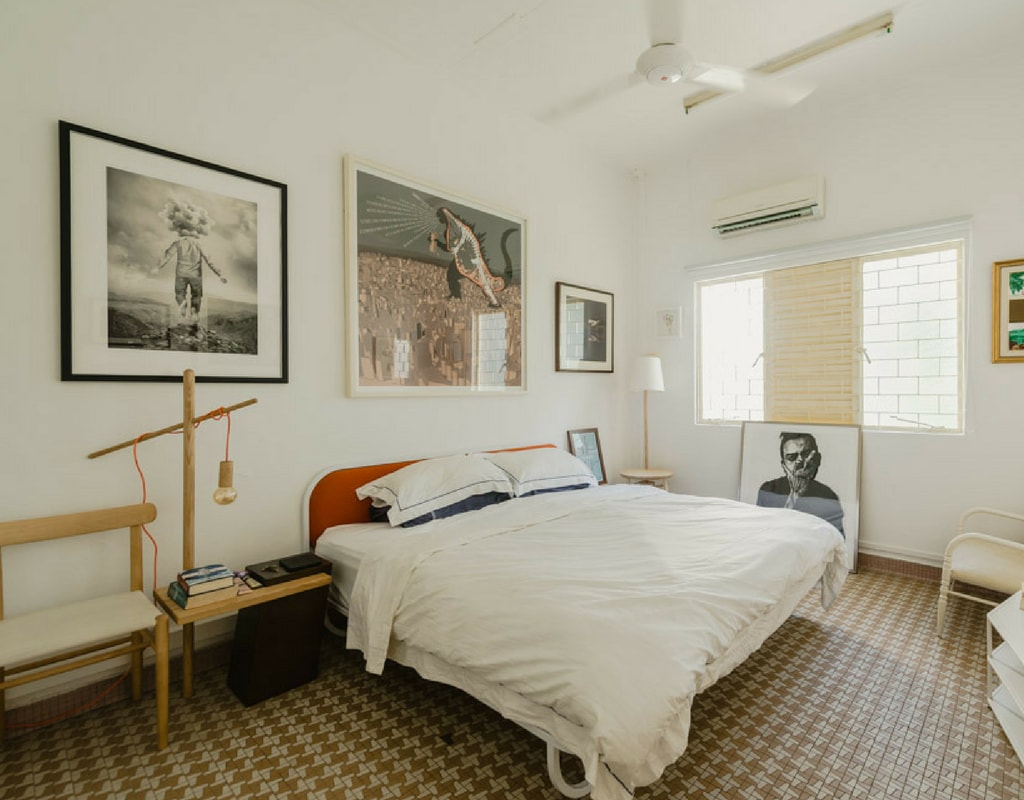
Mr. Tan keeps an active kitchen. A keen cook, he learned the rudiments of preparing classic peranakan dishes from his mother and grandmother. “I make a good kapitan curry,” he boasts.
Mr. Tan is a keen collector and proof of it is everywhere in his house. “I have started collecting things that I intend to leave to my nephews and niece,” he says. Besides artworks, he has iconic vintage chairs, and first edition timepieces, including a Revue Thommen Cricket watch and a first edition Jaeger-LeCoultre Memovox. There are glassware, silverware, and assorted pewter pieces. I’m thankful that my siblings brought up their children well. They may be young, but they have a strong sense of family. I feel they will cherish whatever I give them.
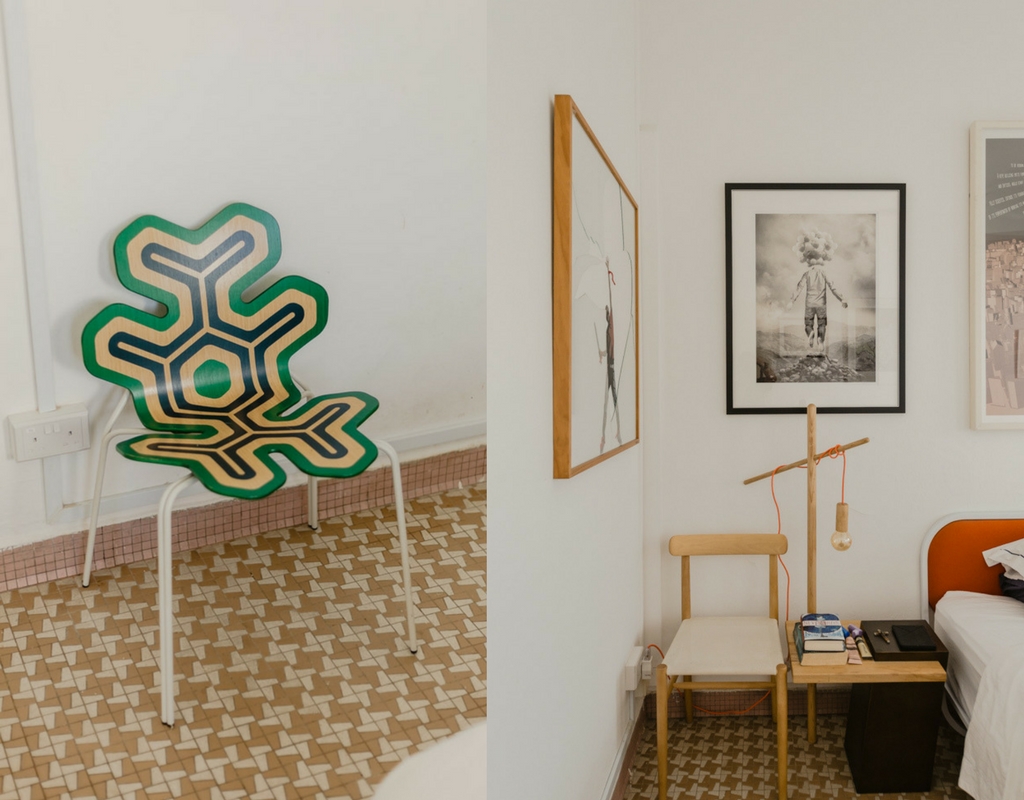
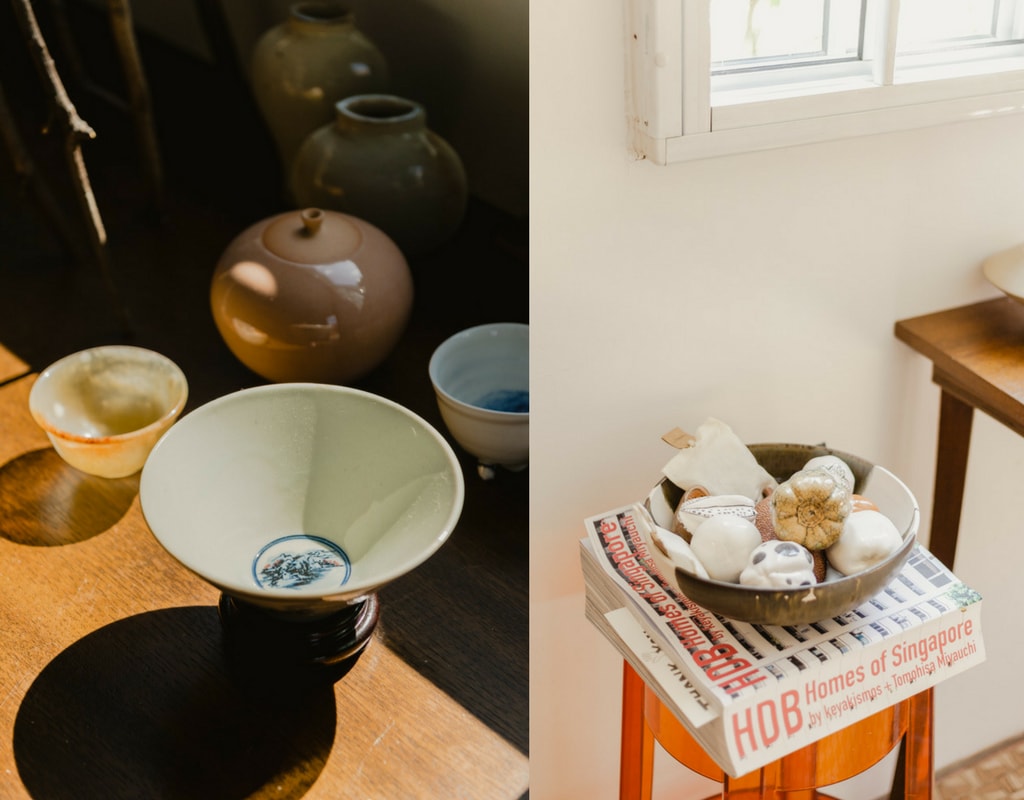
“They’ve not yet developed an appreciation for the art, but they are keen to learn. One of my nephews once asked me to tell him the stories behind each piece I have. I found that to be amazing because that’s really how I collect. Each piece has a great story behind it.
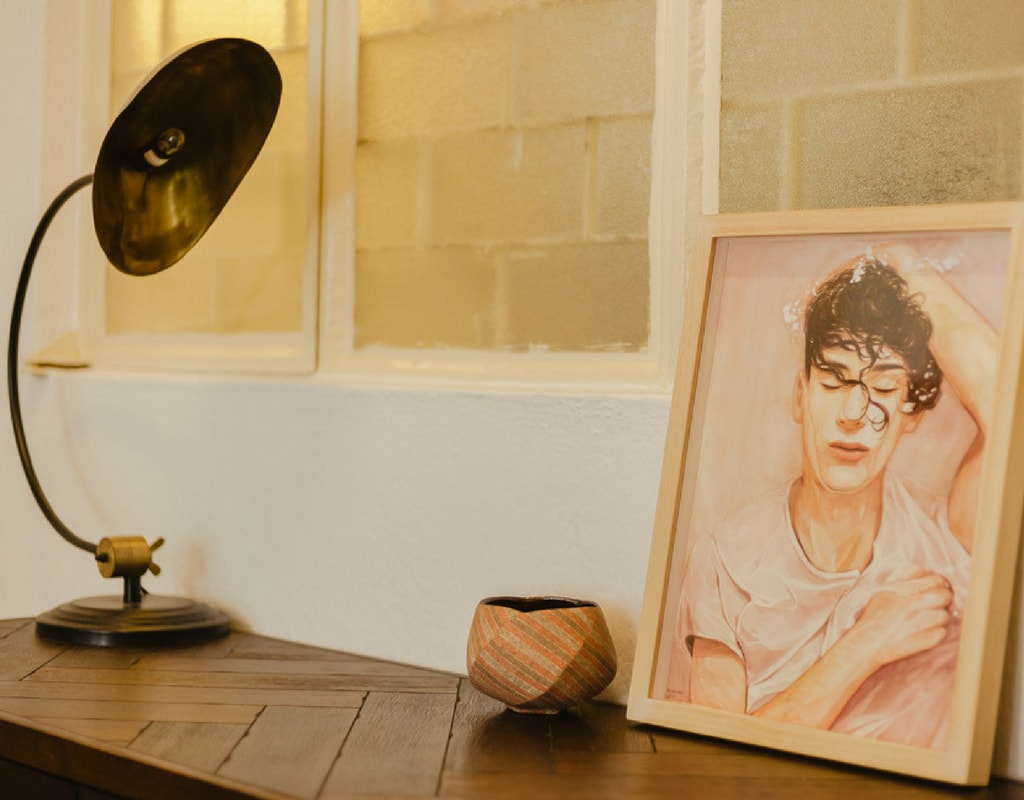
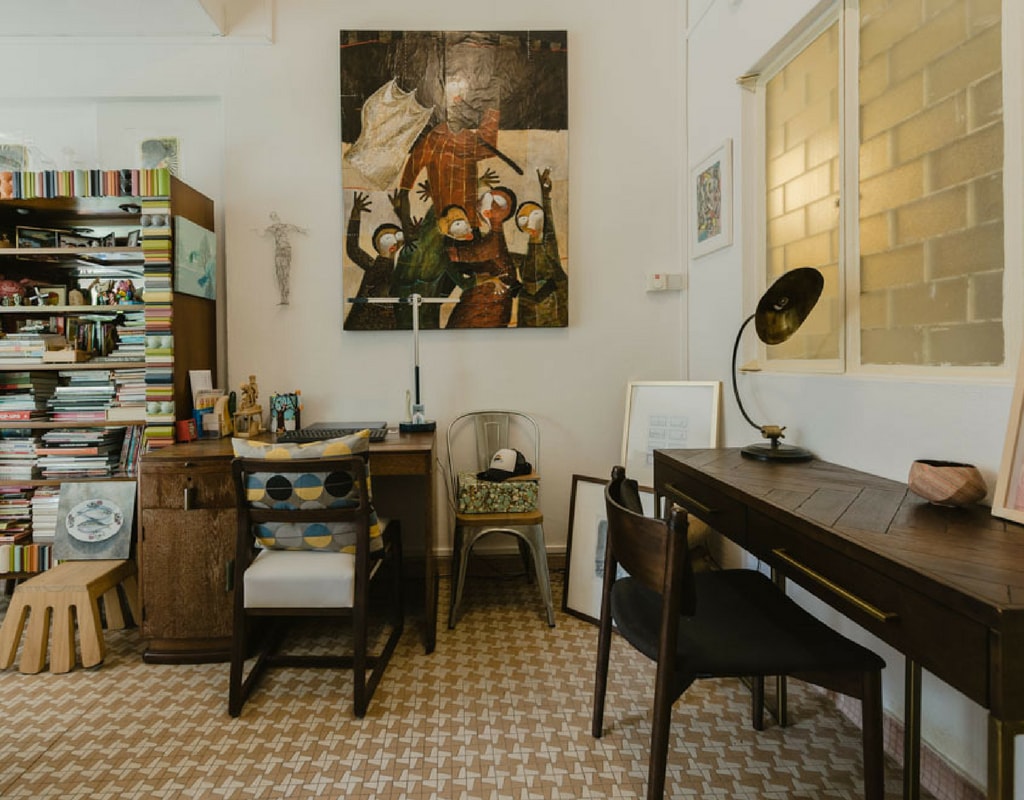
Mr. Tan likes to visit warehouses and antique shops in his spare time; even second-hand sellers like Hock Siong have never been off limits.
“I’ve always been good at collecting things; I’ve developed a knack for finding interesting stuff anywhere. I once stepped out of the office to grab a quick lunch. And I returned with a metal table.”







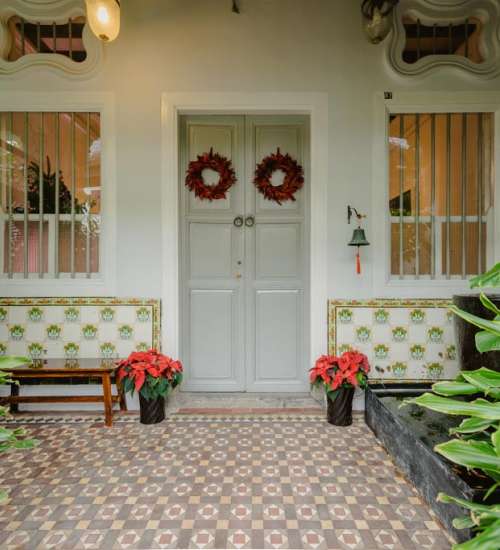
.jpeg&w=500&h=550&crop-to-fit)
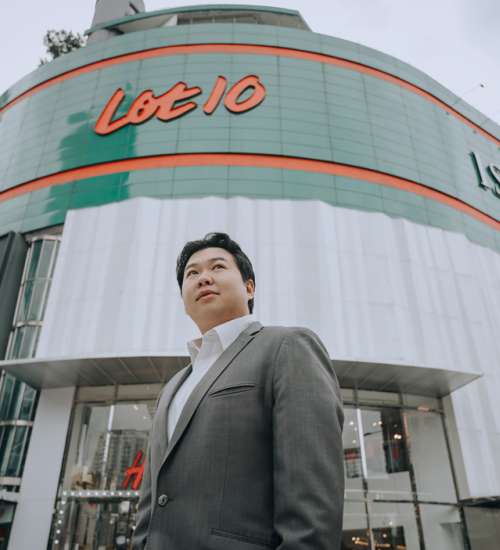

 Back
Back
